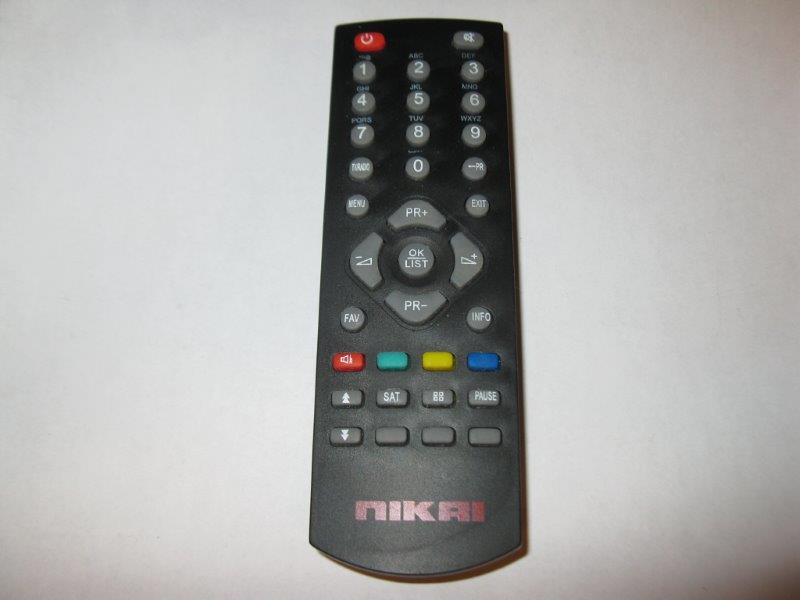Calibrating the SkyStopper to compensate for imperfections in the drive rod

I dislike broken links on a website, but this page is still under construction. Photos and videos are needed to complete it.
Unfortunately, mechanical devices are never perfect. A good design tolerates their imperfections while still operating within its specifications. The drive rods used on the SkyStopper are selected to be very straight. Straight rods are not easy to get. If they are not straight enough, the resiudual bend in the rod is modeled and coded into the controller. The step rate is compensated so that the tracking is as good as possible.
Initial SkyStopper sales have not been to astrophotographers. Even if they were, they would be guiding and the calibration effects would be invisible. Therefore I will soon do unguided photography and get the images to show the effectiveness of the calibration.
There are 2 ways to calibrate the SkyStopper.
During final testing, a digital caliper is wired to the guide input of the SkyStopper, and it uses the data to measure the rate of angle change, at each angle of the motor. This information is gathered at start, middle and end of travel, and the results are stored in tables. The information is then inverted and a list of clocks-per-step is computed for the entire 90 minute tracking, and stored.
When tracking, the list is accessed to set the time until the next step of the motor, more than 15 times per second. This table should suffice unless the platform is damaged and the rod gets bent. A badly bent rod can be replaced with the use of a few wrenches and an allen key, but then the calibration must be repeated.
The second kind of calibration uses the stars and does not require specialized measurement equipment. All that is needed is a crosshair on a high power eyepiece, and a clear view to the meridian to the South.
The drift method must be used to ensure the platform is perfectly aligned, notwithstanding any minor error in tracking rate. Then any imperfections of tracking can be attributed to the rod.
After putting the SkyStopper into a special calibration mode, a star near the meridian is selected and centered by pushing the telescope. Due to non-straight rod, the star will appear to move ahead and behind the crosshairs, approximately in a 30 second cycle. Adjust the crosshairs until the star's motion brings it a bit past the center for the right-most part of its oscillation.
Press the 1 key when the star passes the crosshair to the right. Press 2 when it passes back to the left. Let a whole cycle elapse, then press 3 when the star again crosses to the right. Then use the PR- control to guide the platform so that the star field shifts, ahead of the star which should now be reversing and heading left again. After guiding a significant fraction of the star's total oscillation, stop moving so that the star will catch up with the crosshairs, this time passing to the left. Press 5 when it crosses to the left. When the star reverses and passes again to the right, press 6. This completes the data gathering. The data will be checked for consistency and processed if it makes logical sense. The key requirement is that the peak to right and left be on opposite sides of the rod's rotation.
The overall progress between mark 1 and 3 determines if there's a general drift. This method is repeated 2 more times, near the middle and near the end of tracking range. The numbers are turned into correction coefficients and interpolated for the entire tracking range.
Then the tables are recomputed to reflect the new parameters.
Because of the difficulty in getting a perfect polar alignment, this is not the preferred way to calibrate a SkyStopper, but it can be done by anyone with the right information. The best way to measure success is to use a camera to track a star unguided. Then it's only the SkyStopper's calibration and the telescope sag (if any) that play a role in the image precision.
Results of the calibration will be shown in timed exposures, for various conditions.